Why Massage Guns Can Help Relieve Post-Workout Muscle Soreness?
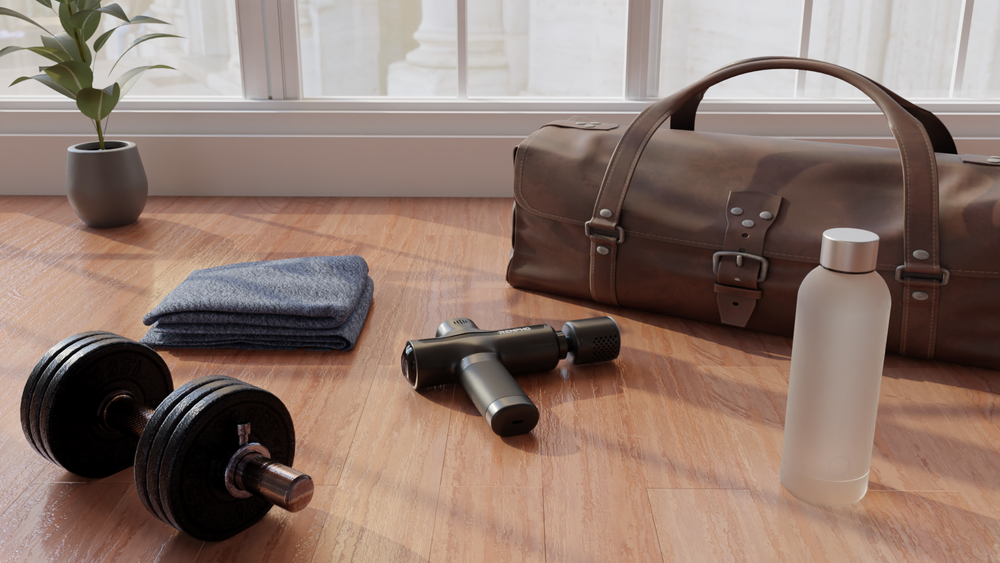
Stay tuned to our latest news
After engaging in intense physical activity, it is possible for you to experience discomfort in your body, known as post-workout muscle soreness. While it is normal to experience it after a tiring exercise routine, people are seeking techniques to effectively recover from it. One potential solution gaining attention is the use of massage guns.
These innovative tools utilize rapid and repetitive percussions to target specific muscle groups, providing deep tissue massage and potentially alleviating post-workout muscle soreness. By promoting increased blood flow, reducing muscle tension, and breaking down adhesions, they show promise in aiding the recovery process.
Why Should You Get the Right Massage Gun?
 But it’s not just about getting any massage gun; you must consider the type that aligns with your needs. After all, they all possess different features and designs, making them more suitable for various uses over others. So, when choosing a massage gun, there are several key features to consider.
But it’s not just about getting any massage gun; you must consider the type that aligns with your needs. After all, they all possess different features and designs, making them more suitable for various uses over others. So, when choosing a massage gun, there are several key features to consider.
Firstly, adjustable intensity settings are crucial as they allow for a customizable experience based on your specific needs. Additionally, having a variety of massage heads can target different muscle groups and provide a more comprehensive massage. It is also important to consider battery life, as a longer battery life means less frequent charging. Noise level is another factor to take into account, especially if you plan on using the massage gun in a shared or quiet environment. Lastly, budget considerations are important as they help narrow down options and ensure you get the best value for your money.
It is also important to consider specific needs when deciding on a massage gun. For athletes, a massage gun with higher intensity settings and targeted massage heads for muscle recovery and pain relief may be more suitable. The RENPHO Power Massage Gun is a suitable tool as it features 6 different speed levels and 6 interchangeable massage heads. On the other hand, for individuals who sit for long hours at work, a massage gun with lower intensity settings and a focus on relaxation and tension relief may be more beneficial.
Massage Gun Help After a Workout
After a strenuous workout, our muscles are often sore and in need of relief. A massage gun can be a helpful tool in aiding muscle recovery and reducing post-workout soreness. By targeting specific muscle groups with percussive massage, it can promote blood flow, reduce inflammation, and release tension in the muscles. This can help speed up the recovery process and alleviate any discomfort or tightness experienced after a workout.
Post-Workout Massage Gun Routine
After a post-workout session, it's important to use a massage gun to target specific muscle groups, promoting faster recovery and improved circulation. Ensure to limit usage to 2-3 minutes per muscle group for optimal results.
Start with larger muscle groups such as the quadriceps, hamstrings, and glutes. Spend 2-3 minutes on each leg, focusing on any tight or sore areas. Move on to the calves, spending 2-3 minutes on each leg to alleviate tension.
Next, target the upper body starting with the shoulders and upper back. Spend 2-3 minutes for each side, paying special attention to any knots or tightness. Then, move on to the chest and biceps, spending an additional 2-3 minutes on each side.
Finally, concentrate on the lower back and trapezius muscles. Dedicate 2-3 minutes for each side to release any tension built up during the workout.
By following this post-workout massage gun routine, you'll effectively aid in muscle recovery and circulation while targeting specific muscle groups for optimal results.
Additional Tips for Effective Post-Workout Massage Gun Session
Before incorporating a massage gun into your post-workout routine, it's important to exercise caution and consult a healthcare professional if you have any underlying health concerns, as they can provide personalized guidance to ensure the safe and appropriate use of the device. |
What Else Can You Do for Muscle Recovery?
In addition to using a massage gun, you can do several muscle recovery methods. Proper warm-up and cool-down, rest and quality sleep, hydration, protein intake, foam-rolling, gradual workout intensity, stress reduction, and mobility training are all effective ways to help muscles recover after a workout.
Engaging in proper warm-up and cool-down routines helps in preparing the muscles for exercise, preventing injury, while rest and quality sleep are crucial for muscle repair and growth. Hydration and protein intake are important for replenishing fluids and nutrients lost during exercise. Foam-rolling can help to reduce muscle soreness and improve flexibility, while gradually increasing workout intensity can prevent overtraining and reduce the risk of injury. Stress reduction and mobility training can also aid in muscle recovery by promoting relaxation and improving range of motion.
All in all, while massage guns are effective tools for post-workout muscle soreness, they should be used in conjunction with other methods of muscle recovery for the best results.
When to Seek Out a Physical Therapist for Pain

While massage guns can be effective in relieving post-workout muscle soreness, there are instances where consulting a physical therapist for pain or discomfort becomes necessary. If you experience persistent or worsening pain after an intense workout that does not improve with self-care measures or the use of massage guns, it may be a sign of a more serious underlying condition. Additionally, if the pain is accompanied by other symptoms such as swelling, limited range of motion, or difficulty performing daily activities, it is advisable to consult a physical therapist. They are trained healthcare professionals who can assess your condition, identify the root cause of the pain, and develop a personalized treatment plan to address your specific needs. Moreover, they can employ various techniques, including manual therapy, targeted exercises, and modalities such as heat or cold therapy, to promote healing, reduce pain, and restore optimal function. Seeking out a physical therapist's expertise can help ensure that you receive appropriate and comprehensive care for your pain and avoid worsening any underlying health issue, promoting a safe and effective recovery.
Takeaway
Massage guns are effective tools for aiding in post-workout muscle soreness by targeting specific muscle groups and promoting increased blood flow, reduced muscle tension, and the breakdown of adhesions. When choosing a massage gun, consider features such as adjustable intensity settings, a variety of massage heads, battery life, noise level, and budget. Follow a post-workout massage gun routine that targets specific muscle groups for optimal results. Additionally, incorporate other recovery methods such as warm-up and cool-down, rest, hydration, protein intake, foam rolling, gradual workout intensity, stress reduction, and mobility training. Lastly, don’t forget to consult a physical therapist for personalized treatment and to ensure a safe and effective recovery if persistent or worsening pain occurs.
Renpho Health Tips
-
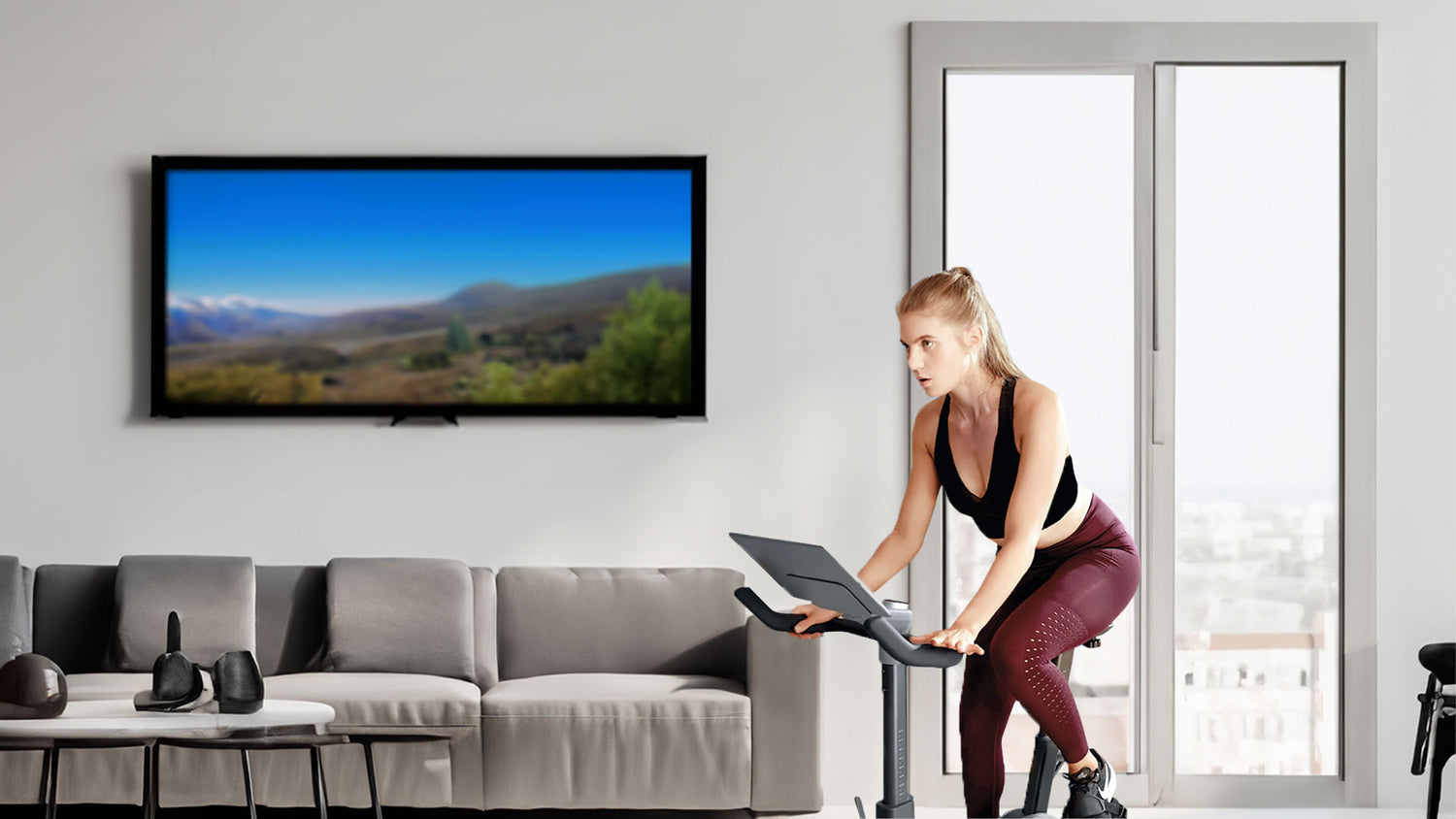
Conquer Your Fitness Goals with a Budget-Friendly Home Gym
November 28, 2023
Read more >
-
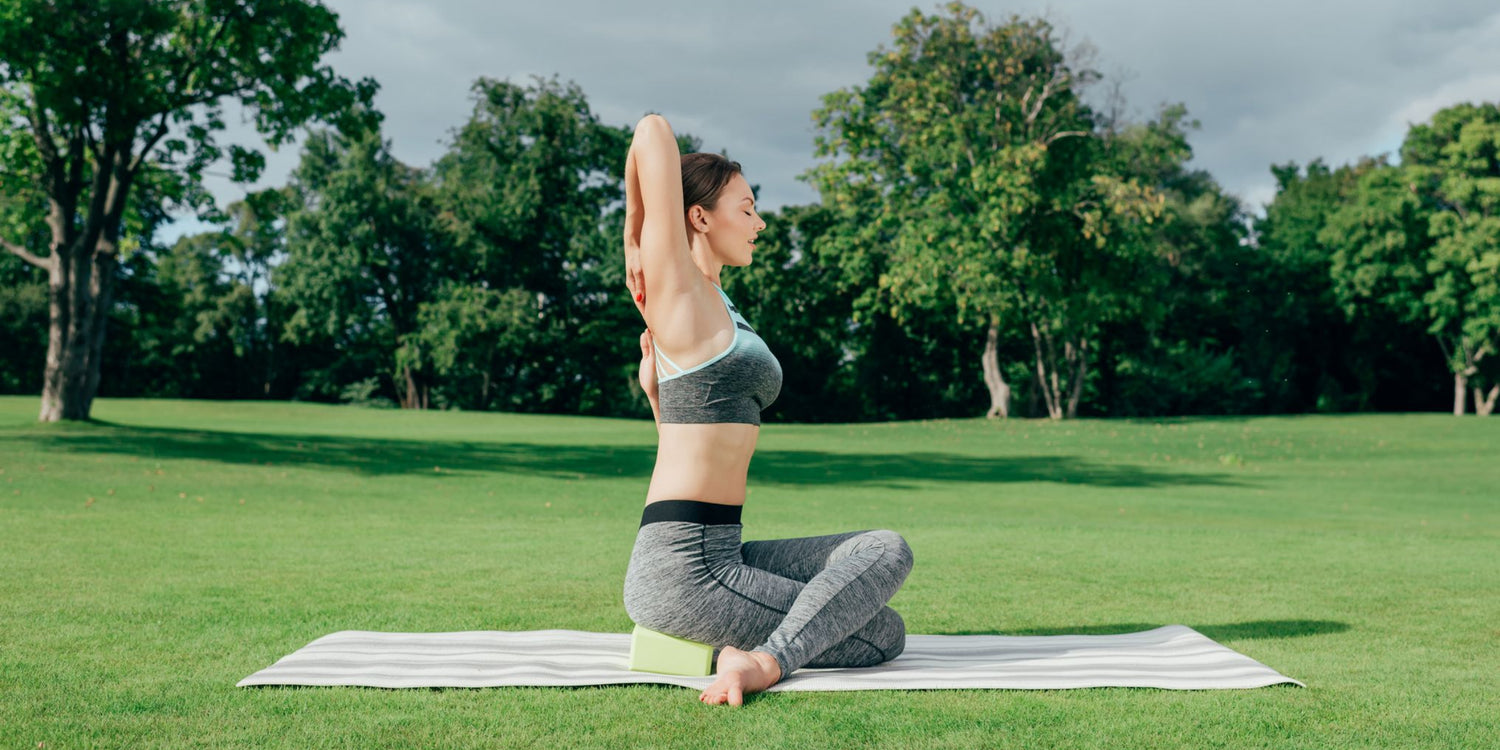
How to Incorporate Yoga into Your Workout Routine
November 23, 2023
Read more >
-

How to Keep Fit and Have Fun While Traveling the World
November 21, 2023
Read more >
-
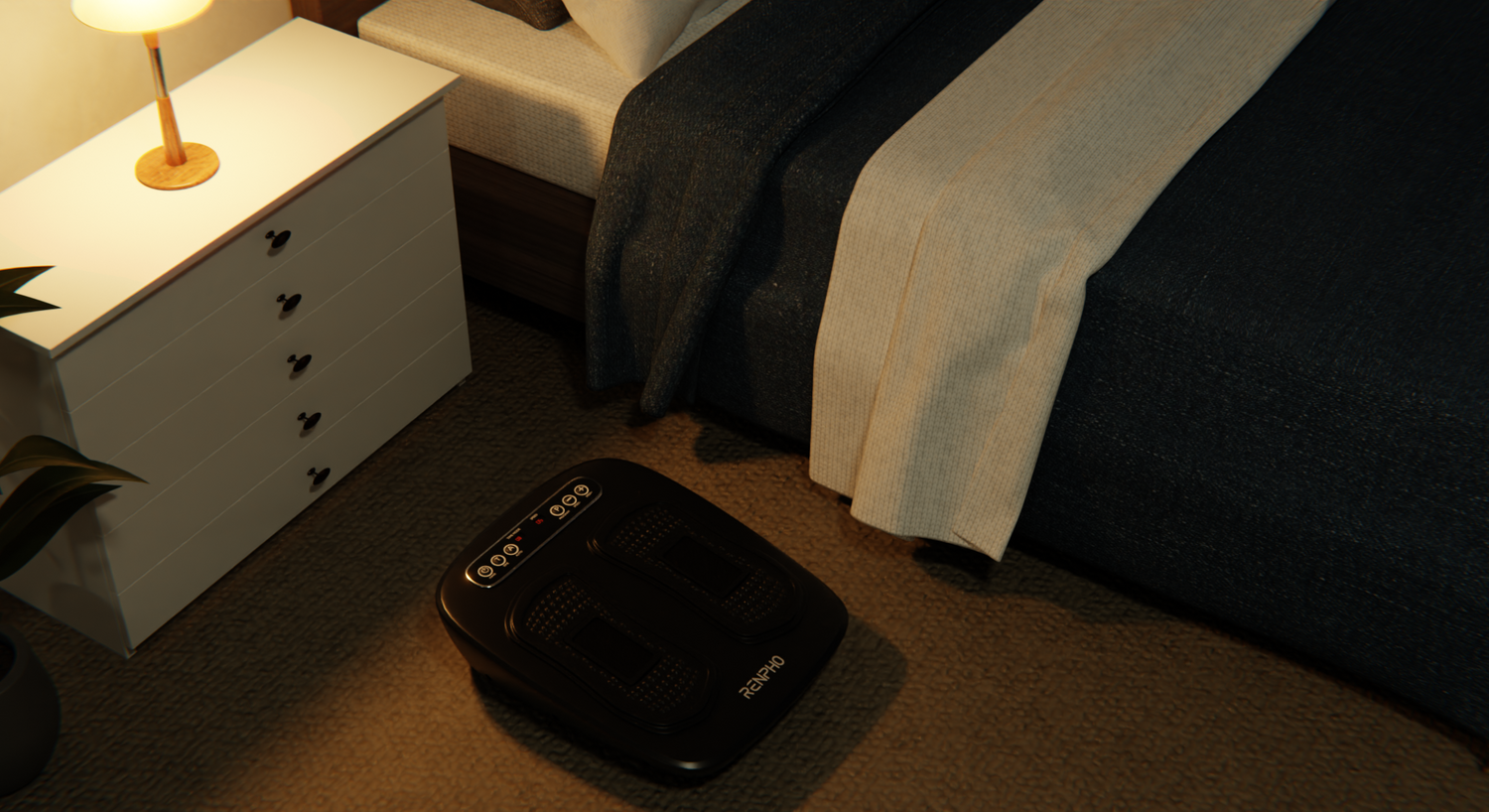
5 Reasons Why You Should Give Yourself a Foot Massage Every Night
November 21, 2023
Read more >
-
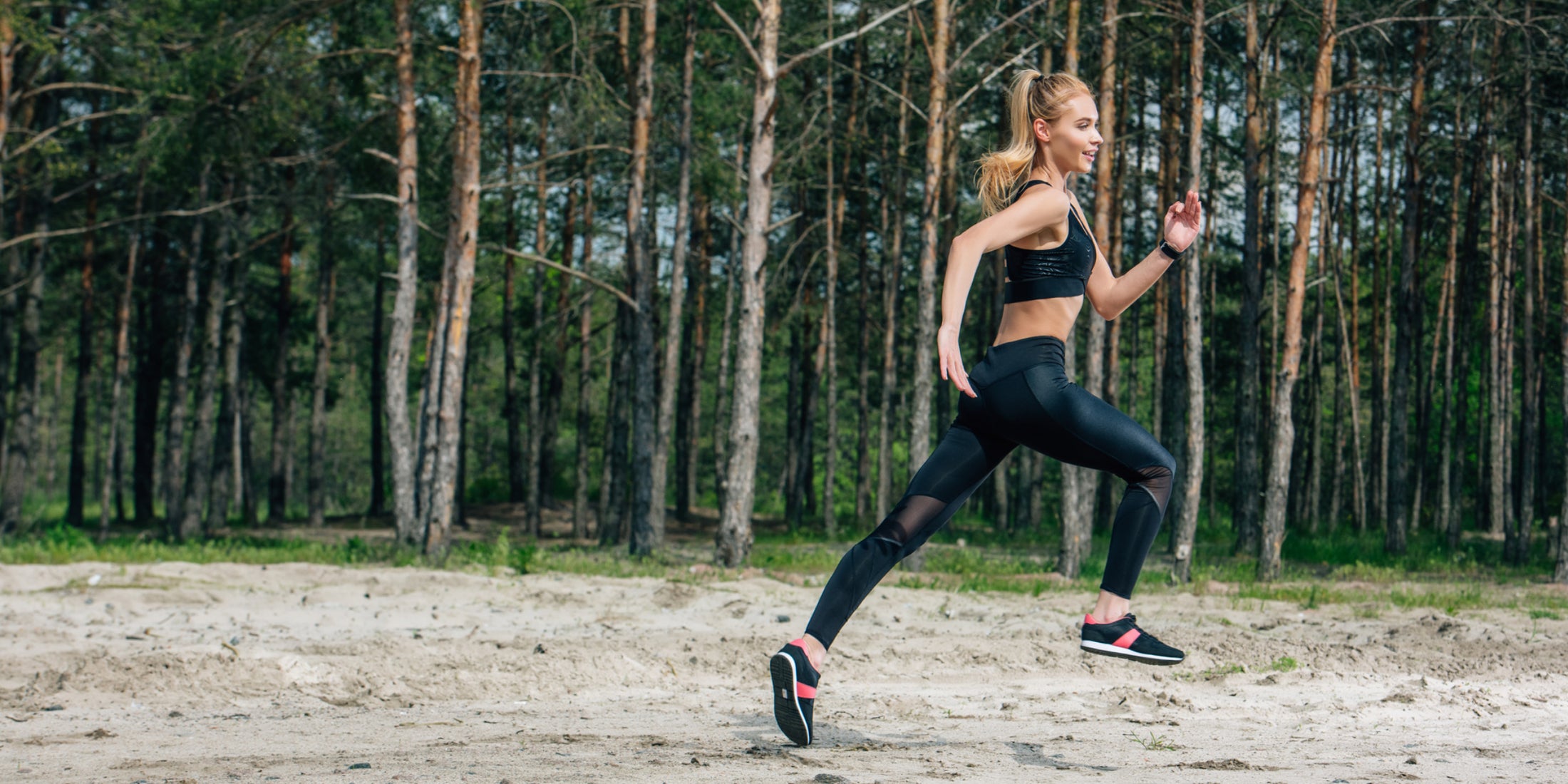
Wellness and Sustainability: Why a Greener Path Is a Healthy Journey
November 20, 2023
Read more >






